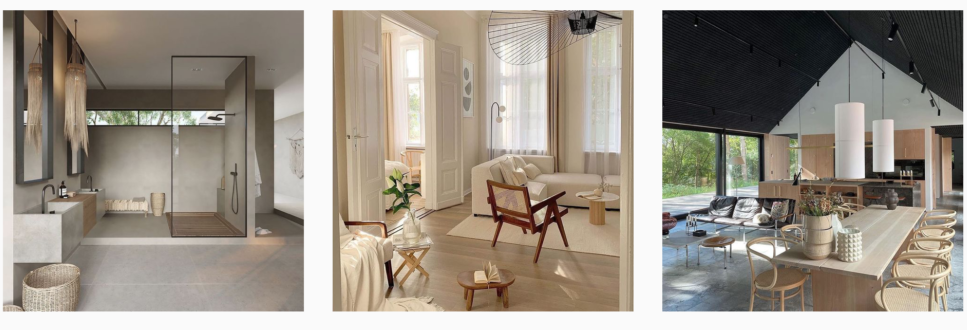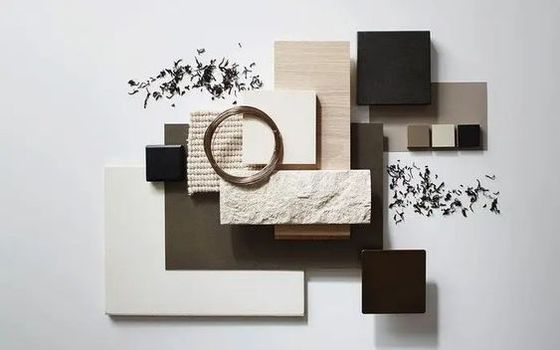Japandi, a Blend of Japanese and Scandinavian Design
Have you ever heard of the Japandi style? It’s actually a hybrid between Scandinavian and Japanese styles! The aesthetics of each of these two decorating styles focus on simplicity, natural elements and comfort, so it’s no surprise that more and more designers are mixing the two looks together and calling it “Japandi” (aka Japanese and Scandinavian).
Japandi design emphasises simplistic and minimalist designs that are aesthetically pleasing but above all functional. One can expect to see natural materials, soft colours, clean lines and minimalist, well-organised furniture.

The Key Elements of Japandi:
- Clean lines.
- Functional minimal furniture.
- Decluttered space.
- Natural materials.
- Combination of contrasting colours like pearl grey, sky blue, natural wood in dark and light shade, a hint of black, pale pink and white.
- Functional accessories.
Japandi is heavily focused on simplicity, creating a peaceful and warm environment with a minimalist layout. It is the meeting of two concepts, Hygge, which is comfortable, comforting and restorative and Wabi-Sabi, which teaches us to appreciate the beauty of imperfection, to accept natural and handmade materials for what they are. If you adopt the Japandi style, your home will be infused with both concepts in equal balance.

To bring charm and character to your home, choose natural and raw materials. Wood is more than welcome, as are natural fibres such as rattan, wicker and bamboo. Metal, leather and concrete are perfectly suited to the Japandi aesthetic, especially if mixed with cosy textiles.
In terms of colour, the Japandi style relies on a richer palette than the Scandinavian aesthetic. If neutral tones such as off-white, beige and pale pink are not to your taste, combine them with darker, more muted tones. Grey-green, anthracite grey, midnight blue, camel… So many shades that, combined with natural materials, will make your interior a zen cocoon.


